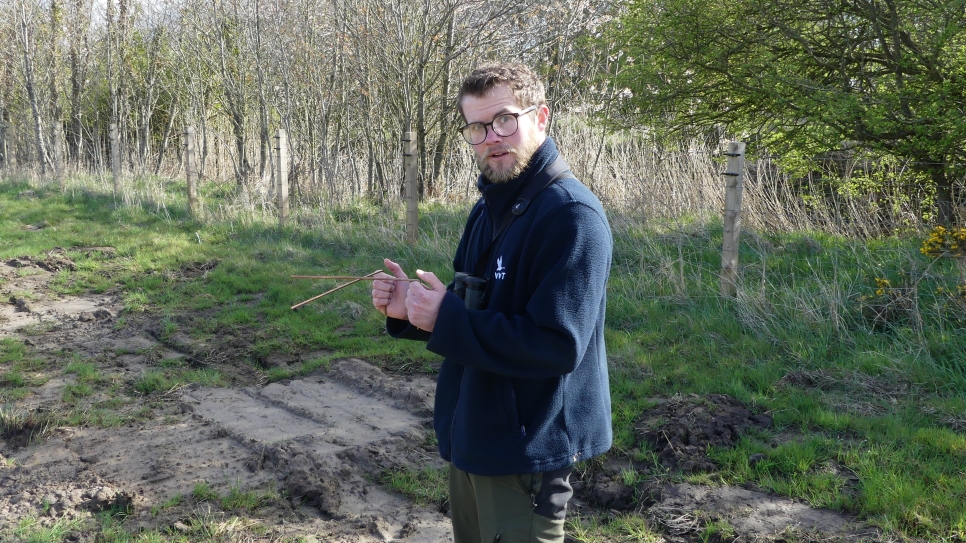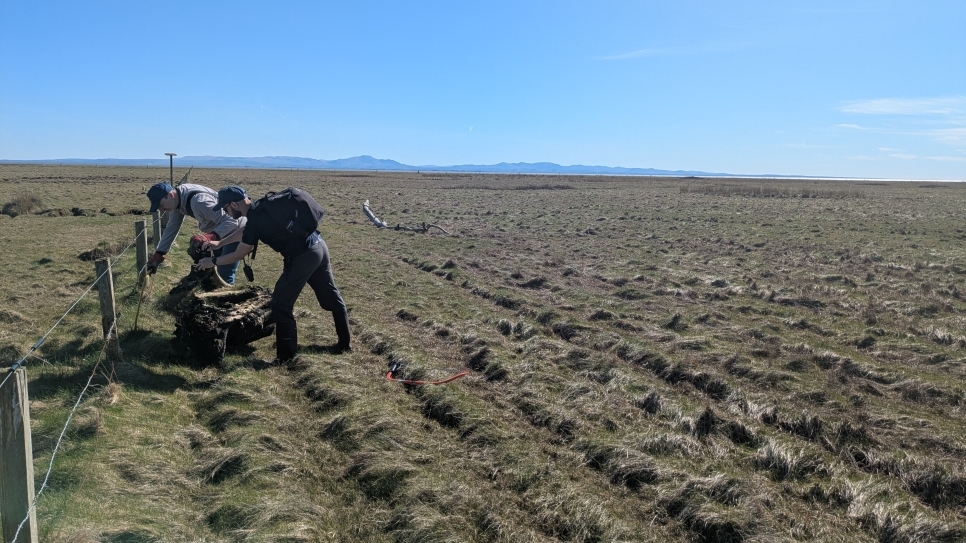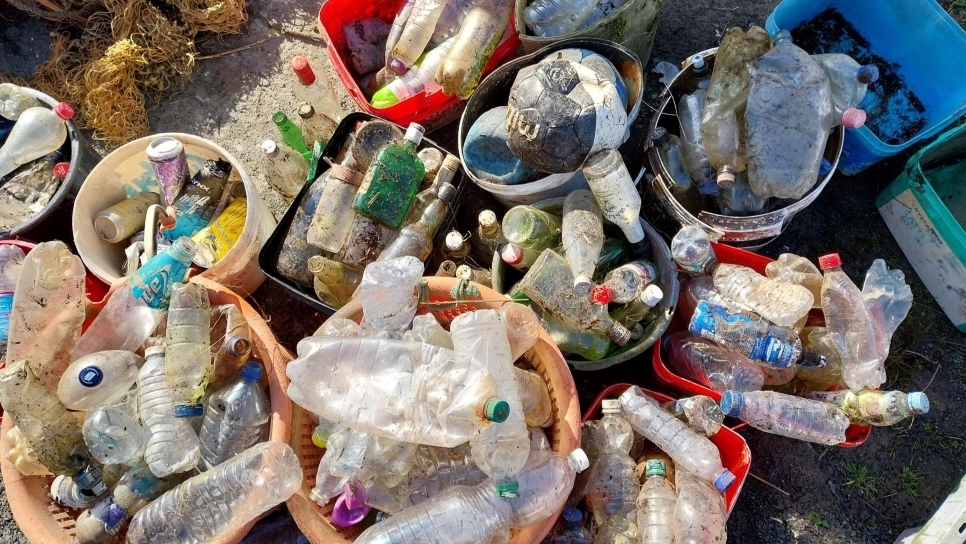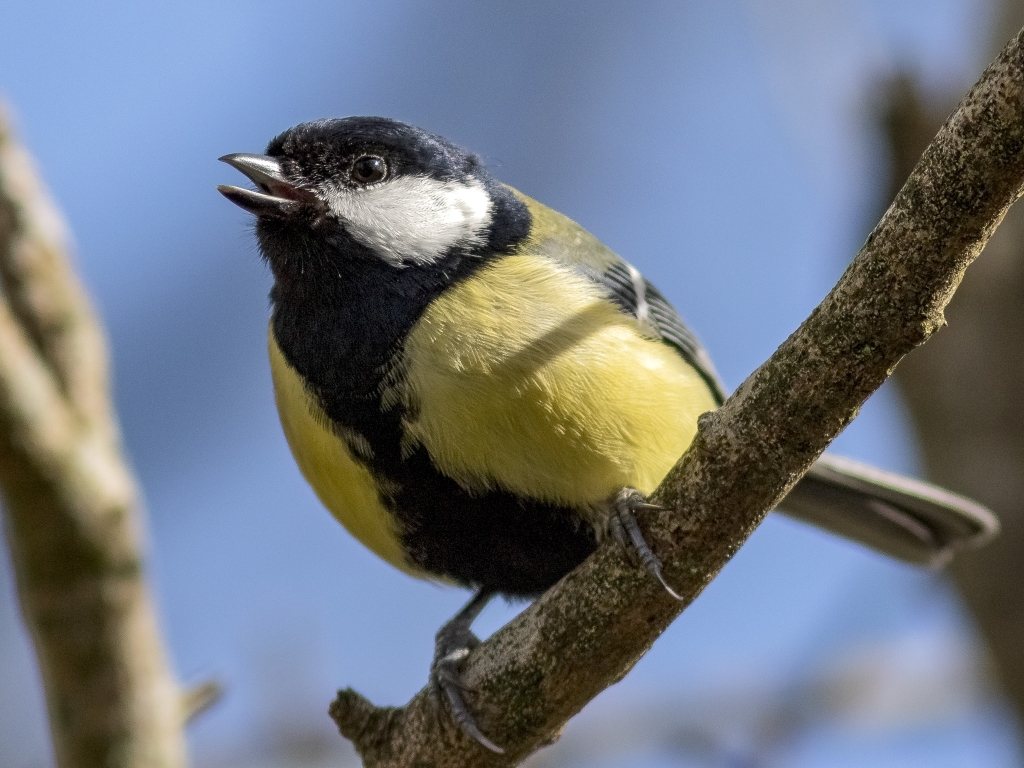The Caerlaverock Badgers
Find out about the Caerlaverock badgers and their antics on the reserve
At night, the Caerlaverock badgers become active, roaming all over the reserve; by the River Lochar, around the visitor centre, down the avenues and out on the merse.
At Caerlaverock we have three badger setts around the reserve. The main one is at the end of the Saltcot Loaning, on the right hand side. Badger comes from the French bêcheur meaning ‘digger’. Badgers are powerful and have strong claws used for digging their homes as well as digging for food. In spring at the Caerlaverock setts, you can see where they have dug out soil - a spring clean for their homes! They like to clean their sett regularly, bringing out old hay, grass and bracken full of fleas and replacing it with fresh bedding material. They do not defecate in the sett, but have latrines on the edge of their territory. They also don’t eat food in the sett.

Photo credit: Lottie Glover
Every evening, throughout the year, we feed the badgers by the Caerlaverock Farmhouse. They love peanuts and honey. Visitors staying in the farmhouse see the badgers right in front of them. We also have a webcam for viewers to watch the action live from their own homes! The badgers appear any time from 7pm, through the night and up to 5 badgers have been seen at once! Other animals are often seen as well, including roe deer, foxes, brown hares, barn owls, stoats, weasels, and even the occasional otter!

Photo credit: Pavel Handrk
The badgers have a set route they follow around the reserve and their pathways are clear to see in areas such as the Wildlife Garden and Sir Peter Scott Trail. As omnivores, badgers will eat berries, including elderberries which is why elders often grow near badger setts. They also eat insects, nuts, plant bulbs, bird’s eggs and are known to dig out bee and wasp nests. During BBC Autumnwatch in 2015, a badger was seen way out on the merse, eating a crab! They are one of the few predators of hedgehogs but also love apples and have been seen enjoying fermenting apples in Carol’s Orchard in the past! However their main diet is earthworms and their ‘snuffle holes’ are seen all over the reserve. These are small holes they create when searching for earthworms and once seen, a great way to track badgers.

Photo credit: Faith Hillier
Snuffle holes are a great giveaway that badgers are present in an area. Once seen, looking around the area, tracks in the grass or undergrowth are quickly found. Badgers like to follow the same routes every night and rely on their sense of smell to make sense of the world around them. Their eyesight is very poor, which is why we leave the lights on at the badger feeding station, to watch them! Badger footprints are distinctive, with five toes in a row above the main pad. Footprints are seen well in muddy places or in snow. If their regular route passes under a hedge, it is possible to find badger hairs caught on vegetation such as brambles. These outer ‘guard’ hairs are distinctive; long and dark with a white tip. Stealth cams are also a great way to watch badgers; place one along one of their regular routes or at a feeding station and see what they get up to at night.

Photo credit: Lottie Glover
Sows give birth to badger cubs in February but it’s not until June that the cubs emerge from their setts. When they are older, in the spring, young boars are often kicked out of the sett to go and find a new community. Unfortunately this is the time of year many badgers are seen dead on the roads as they navigate unfamiliar territories. Sometimes the badgers at Caerlaverock are seen with wounds and injuries caused by fighting other badgers.
Although they generally come out in the evening, the Caerlaverock badgers are sometimes seen in the late afternoon, ambling down the avenues or across the bankings. One visiting photographer captured an image of our badgers making its way down the Avenue, which made it into the BBC Countryfile calendar!
In the last few days of January the badgers have been seen out and about around the reserve in the daytime, one being seen at 3pm and two seen at 12.30pm in the field by the Folly Pond. They have been foraging for worms in the grass and two were seen grooming by one of the pools!

Photo credit: Faith Hillier



